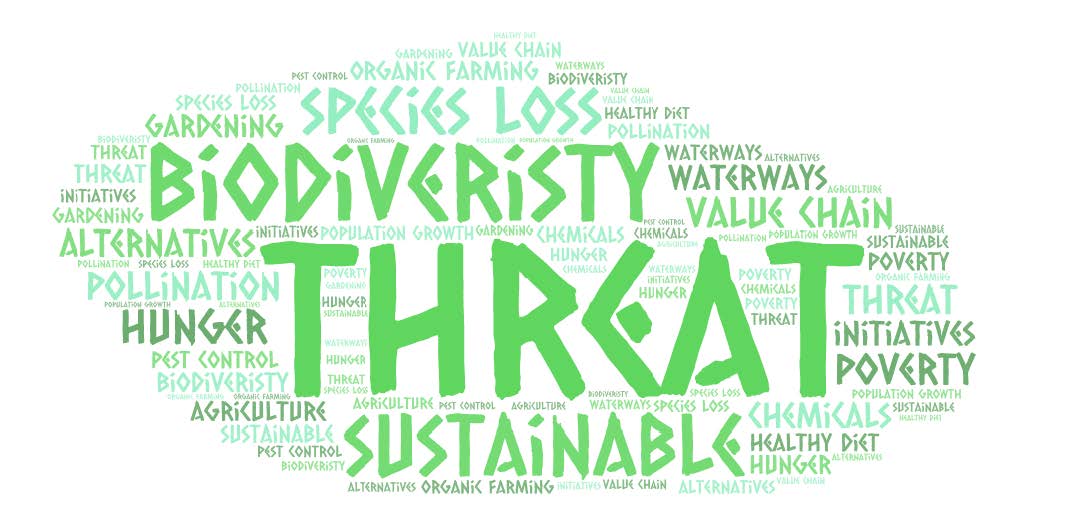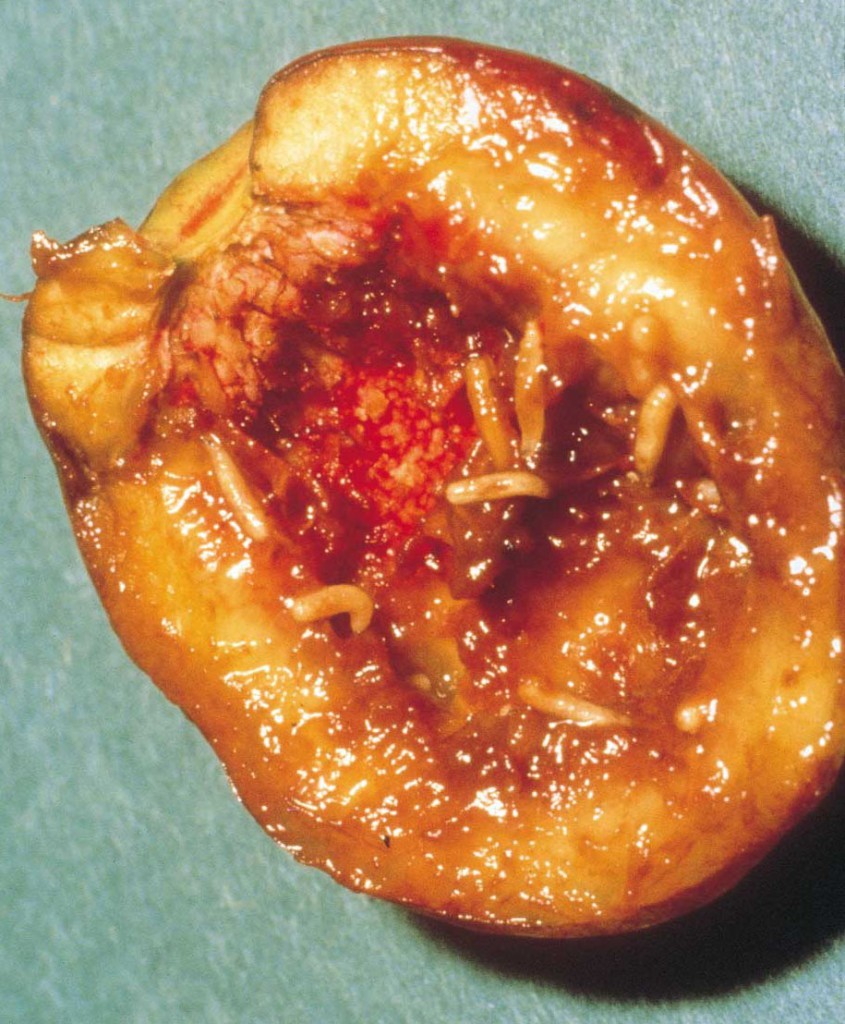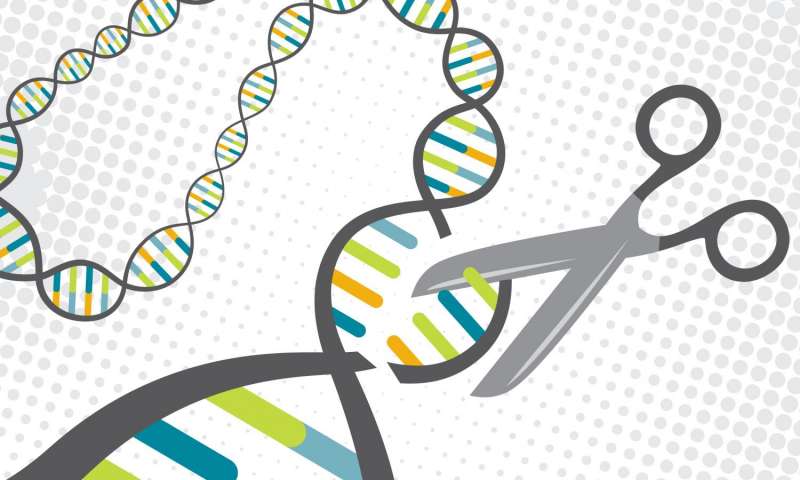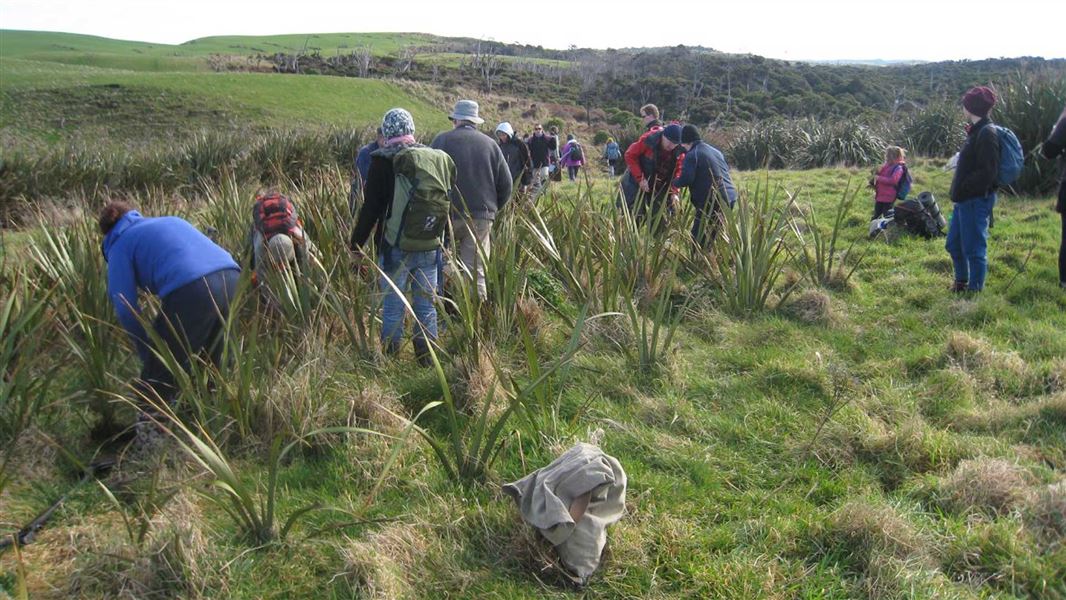
Posted by Julia Schmack
This word cloud gives you an impression of the topics that went through my head during a University seminar on “Sustainability, science, society, water, food production and consumption”. The speakers covered a wide range of interesting topics and ideas. But there was one thing missing: a pragmatic approach on a scale that is larger than the local guerrilla gardening initiative, but still practical enough to not be forgotten as some idealist’s dream. After the fourth talk, I was still waiting for this one term “organic agriculture”.
There is a lot of scientific evidence for and against organic farming. I won’t give you a literature review here, as I think it’s up to everyone to inform themselves. Although some controversy about organic farming, I was surprised to not hear it mentioned in the discussion of “sustainable food production and consumption”. Do Kiwis still doubt the credibility of organic certification? Are most thinking “In New Zealand, everything used to be organic and that’s why we don’t need this organics fuss”? Or are organics still considered elite products for health freaks and people with pockets deeper than PhD students?
Here’s the definition of organic agriculture by the International Federation of Organic Agriculture Movements, a long-established umbrella organization for organic food production:
“Organic Agriculture is a production system that sustains the health of soils, ecosystems and people. It relies on ecological processes, biodiversity and cycles adapted to local conditions, rather than the use of inputs with adverse effects. Organic Agriculture combines tradition, innovation and science to benefit the shared environment and promote fair relationships and a good quality of life for all involved.”

Sounds rather far-fetched, doesn’t it?
Well, it’s not. It’s important to have goals and to work hard to reach them. Although you may not reach organic utopia, it’s certainly better than not having tried at all. Perfectionism often keeps us from trying to make change. We are bound to make mistakes when we try to improve conventional systems, and will likely be disproportionately criticised for not being perfect. This is too often the case when it comes to organic farming. There are logical benefits for biodiversity and animal welfare on organic farms compared to conventional farms. However, scattered cases of fraud cause people to mistrust the entire movement and, unfortunately, revert to the comfort of the status-quo.

I worked at the Research Institute for Organic Farming in Frankfurt for three years. There are things in organic agriculture I disagree with, such as the transport of organics over thousands of kilometres. It would be a lot more sustainable to eat local and seasonal, that much is obvious. I also disagree with the working conditions on some organic farms that rely on the hard work of volunteers. But I also understand that surviving as an alternative system in an economy that is ruled by stock markets is not easy. I don’t like that, in any kind of agriculture, baby cows get taken away from their mothers so that we can pump their milk into plastic bottles only to be let ferment in the communal fridge.
Despite these critiques, after visiting some 60 organic and conventional farms and meeting the farmers, there is one thing that I can say for certain: if I were a cow, pig, or chicken, and I could choose between the two farming systems, I know which farm I would choose. 100% the organic farm! The same goes if I were an earthworm, bird or plant. If I were a weed, the organic farmer wouldn’t be allowed to spray me with nasty chemicals. They would have to use less invasive and often more time intensive methods. But this is what you get when you pay that extra dollar.

There is a lot of confusion around certification systems, which leaves many thinking “I don’t trust all these certifications. The ‘free range chicken’ that gets an hour of daylight and is still called ‘free range’”. It’s all too easy to throw your hands in the air and claim “well, who really knows” than to inform yourself. But on the website of the Ministry of Primary Industries you can read up on organics in NZ.
It’s up to you what you want to support with your money, but I think these small decisions make a big difference. In New Zealand, organics are still a somewhat elite and often expensive product, but it doesn’t have to stay like that. Remember that supply and demand means that a higher demand from the organic sector results in its growth. In Europe, the high demand for organics resulted in more affordable organics along the entire value chain. New Zealand is already very successful in exporting high-end organic products, but we need more sustainable foods in our schools, kindergartens, universities, hospitals, and defence forces.
What about a little experiment at University of Auckland. On the UoA Sustainability Website it states that “The University of Auckland is committed to pursuing sustainability via research, teaching and learning, operating practices, partnerships and capacity building”. UoA also recently came out first in the international sustainability rankings for universities showing commitment to sustainability. Sweet, here’s my idea for an operating practice to increase sustainability at UoA:
Let’s swap the conventional milk (a brand that so many people complain about) for an organic alternative, and provide plant-based options.

Taking a bunch of money from big corporations and investing it into farmers with a sustainable vision of agriculture, is a simple and practical step. It not only makes a big difference for the farmer themselves, who now has an entire institution backing him, but it also makes a statement: we want our food to be produced sustainably and we invest in those with the best outcomes for all levels of sustainability, economy, ecology and society!
I think it would be worth a try to buy good, quality milk, and allocate a greater portion of our budget to plant-based alternatives. The greenhouse gases emitted by producing one glass of dairy milk are about three times as high as for plant-based alternatives.
Let’s do it! Let’s make a change by investing in good (but not perfect) ideas!

Julia Schmack is a PhD student at the Centre for Biodiversity & Biosecurity, School of Biological Sciences, University of Auckland. She is researching the ecology and control of social wasps, supervised by Jacqueline Beggs and Darren Ward (Landcare Research). Her PhD is funded by the Biological Heritage National Science Challenge. twitter: @julia_schmack
email: j.schmack@auckland.ac.nz































 Simon is a Masters Student at the School of Biological Sciences, University of Auckland. His research is focused on threatened insects and he is supervised by Darren Ward.
Simon is a Masters Student at the School of Biological Sciences, University of Auckland. His research is focused on threatened insects and he is supervised by Darren Ward.